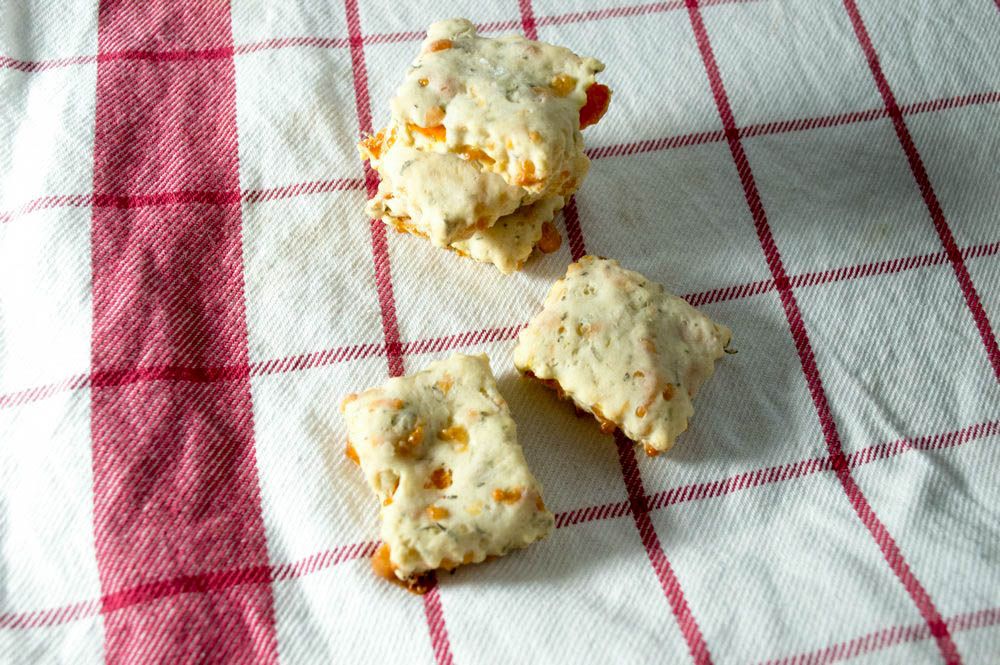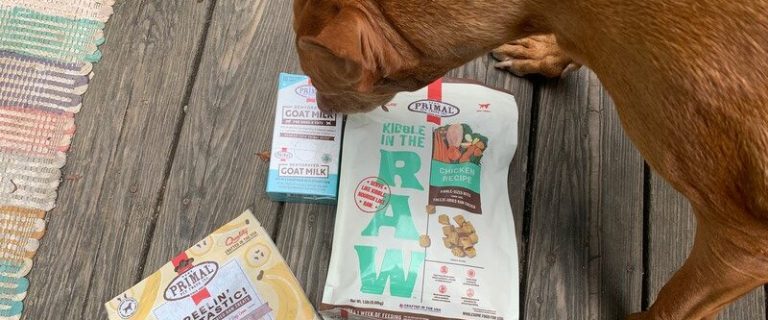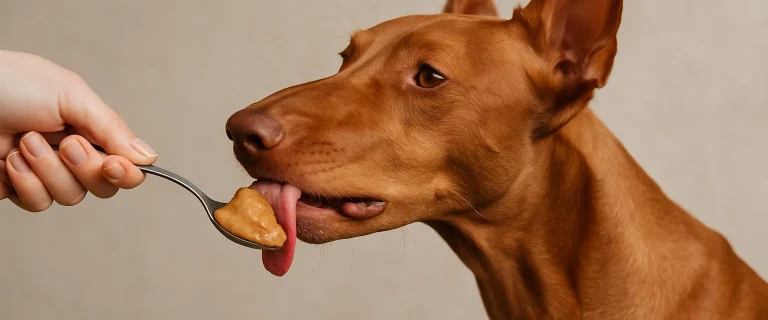You know that veggies are healthy for humans, but have you ever wondered what vegetables dogs can eat? For instance, can you feed your dog avocadoes, broccoli, tomatoes, or zucchini? Let’s find out!
Below, you’ll find a list of vegetables that are safe for your canine pal as well as the ten healthiest vegetables to feed your dogs. Then, we’ll take a look at the list of vegetables you should NEVER feed your dogs. Let’s dive in!

30 Safe Vegetables Dogs Can Eat
One quick note: while vegetable allergies in dogs are uncommon, they can occur. Just like people can develop allergies to pretty much anything at any time, so can dogs. So, it’s best to feed your canine pal one veggie at a time to make sure there’s no reaction.
Now, let’s dive into our list of all of the safe veggies for dogs, then we’ll take a closer look at the top 10!
- Alfalfa Sprouts
- Asparagus
- Beets
- Bell Peppers
- Broccoli
- Brussels Sprouts
- Butternut Squash
- Cabbage
- Carrots
- Cauliflower
- Celery
- Chickpeas
- Corn
- Cucumber
- Edamame
- Eggplant
- Green Beans
- Kale
- Lettuce
- Mushrooms
- Okra
- Parsley
- Parsnips
- Peas
- Seaweed
- Spinach
- Sweet Potatoes
- Tomatoes (RIPE only, and yes, I know tomatoes are technically fruits)
- White Potatoes
- Zucchini
A quick note before we continue: the rest of this post includes affiliate links. If you buy anything through these links, we earn a small commission at no extra cost to you.
TOP 10 HEALTHIEST VEGETABLES TO GIVE YOUR DOG
While the above veggies are all safe for dogs, some are definitely better than others. So, now let’s look at the healthiest ones! FYI, many of these veggies make perfect low-cal treats for dogs on a diet!
Broccoli
Broccoli can be served cooked, frozen, or raw. It can help to hydrate your dog with its 90% water content. Broccoli is high in Vitamins A, B, C, and K, as well as calcium, fiber, phosphorus, and zinc. Also, it is low in calories and fat.
It is important to be aware that broccoli contains isothiocyanates, natural compounds that may cause mild to severe gastric irritation when fed too much. So, try to only feed broccoli to your dog about twice a week.
Check out the video below for an easy broccoli dog treat recipe:
Brussels Sprouts
Brussels sprouts are best served cooked since raw ones are tough to digest. Be sure to cut off the tough ends and cut them in half before serving. These vegetables help provide your dog with fluids due to their 86% water content.
Brussels sprouts are packed with Vitamins A, B, C, and K, as well as fiber, folate, magnesium, and potassium. Since they can be gassy, start off with small servings until you know how well your dog can tolerate them.
Carrots
Most dogs love carrots because they are crunchy, sweet, and fun to chew on. Carrots can be served cooked, frozen, or raw, as long as they are cut into bite-sized pieces. Avoid canned carrots since they have a lot of added sodium.
Carrots are a great source of hydration for your dog because of their 87% water content. They’re also a great source of Vitamins A, C, and K and fiber and potassium.
If you’re looking for a tasty way to serve them to your pup, try our easy homemade carrot dog treats recipe!

Celery
Celery can be served cooked, frozen, or raw and should be cut into small pieces. It is a great water-rich vegetable with its 95% water content, excellent for hydrating your dog. Celery can help boost your dog’s dental health, providing healthy gums and teeth. It may also help freshen your dog’s breath and make those kisses a little sweeter!
Celery contains Vitamins A, B, and C and is high in fiber and low in calories and fat. Start with small servings and see how your dog tolerates this vegetable. This is because celery may cause digestive upset in some pups.
Cucumbers
Cucumbers can be served frozen or fresh. Before serving, you should peel them, remove the seeds and cut into bite-sized chunks. These vegetables are high in water content (95%) and excellent for hydration. Cucumbers are high in Vitamin C and a great source of Vitamin K. They are also low in calories, fat, and sodium.
Check out the video below for a delicious summer dog treat idea!
Green Beans
Dogs love green beans because they make a tasty treat due to their natural sweetness. Green beans can be served cooked, frozen, or raw. They contain about one milligram of iron per cup, which helps to promote the production of red blood cells. Green beans are high in Vitamins A, C, and K, as well as fiber, manganese, and protein. They are also low in calories and fat.
Kale
Kale is best served cooked or raw and cut into small pieces. It is a great hydrating vegetable with its 84% water content. Kale is packed with antioxidants, beta-carotene, calcium, iron, magnesium, potassium, and Vitamin C.
It is important to be aware that kale contains isothiocyanates, natural compounds that may cause mild to severe gastric irritation when fed too much. So, try to only feed kale to your dog about twice a week. If you’re looking for a good kale treat recipe, check out the video below.
Peas
You can feed your dog fresh or frozen English peas, garden peas, snow peas, and sugar snap peas, but you should try and avoid canned peas since they have a lot of added sodium. Peas are a great source of Vitamins A, B, C, and K and copper, fiber, folate, iron, magnesium, manganese, phosphorus, potassium, protein, and zinc.
You should not feed peas to dogs with kidney issues. This is because peas contain purines, which produce uric acid that is filtered through the kidneys. High levels of uric acid can cause bladder and/or kidney stones to form.
Sweet Potatoes
It is best to serve your dog sweet potatoes that are either baked or roasted. Raw potatoes are tough to digest. Also, before serving, remove the skin and serve either mashed or cut into small chunks. This vegetable is a good source of Vitamins A, B, and C, as well as fiber, manganese, and potassium.
This simple 3-ingredient sweet potato jerky recipe is a wonderful way to turn this healthy veggie into a tasty dog treat.

Zucchini
Zucchini is best served cooked, frozen, or raw and either cut into small pieces or shredded. It is a great vegetable with a high percentage of water, having a 94% water content. Zucchini is packed with Vitamins A, B, and C, as well as beta-carotene, folate, magnesium, potassium, and protein. It is also low in calories and cholesterol.
Zukes can be gassy so serve in moderation until you observe your dog’s tolerance to this vegetable. Try them in these easy homemade zucchini dog treats!

LIST OF VEGETABLES DOGS CAN’T EAT
Avocadoes
The fruit, leaves, pit, and skin of avocadoes contain persin, a fungicidal toxin that may cause vomiting and diarrhea in dogs. While the fleshy parts of avocados are typically okay for dogs in moderation, it’s not worth the risk since there are so many other healthy and safe vegetables dogs can eat instead.
That said, if you have your heart set on giving your dogs avocados, I recommend trying AvoDerm dog food. I don’t really know the science behind it or anything, but something about the way they make the food makes the avocados safe. Several DogVills staffers swear by it for dogs with coat conditions.
Garlic
According to the AKC, ” garlic and other members of the allium family, including onions, contain thiosulfate, which is toxic to dogs but not to humans.” While it does take quite a bit to cause major issues (we’re talking several cloves), it’s another veggie that’s best left off the menu.
Leeks
Like garlic, leeks are also part of the allium plant family. This vegetable may cause immediate diarrhea, nausea, upset stomach and vomiting when ingested by dogs.
Onions
Like garlic and leeks, onions are also part of the allium plant family. Signs of a dog that has eaten onions include dark yellow urine, a quick decline of energy levels, unusual bowel movements, and vomiting.
Rhubarb
Rhubarb contains oxalic acid, a naturally-occurring compound in plants. In dogs, eating rhubarb can result in damage to their digestive tract, kidneys, and nervous system.
Unripe Tomatoes
Ripe tomatoes are fine for your dog in small quantities. However, unripe tomatoes, as well as the leaves and the stems of the tomato plant are toxic. All of these contain solanine, which may cause confusion, lethargy, and vomiting.
Wild Mushrooms
While the mushrooms that you buy in the grocery store are fine to give your dog, some species of wild mushrooms are poisonous. Signs of mushroom poisoning include diarrhea, vomiting, restlessness, and weakness.
Conclusion
Once you’ve found a few safe veggies that Fido loves, you can use them as low-calorie dog treats! I know dogs that go bonkers for green beans and carrots in particular.
Before we say goodbye for today, I just want to remind you of one important thing. First and foremost, if your dog has a medical condition, allergies, or is on a special diet, talk to your vet before adding even the safest veggies to his diet.
What are your pup’s favorites from our list of safe vegetables for dogs? Share below!
Author
-
Deanna is a passionate animal lover and freelance writer. She lives with her Chi dog and a ragdoll cat. When she’s not writing, Deanna loves listening to country music or watching Dancing With The Stars.
View all posts



